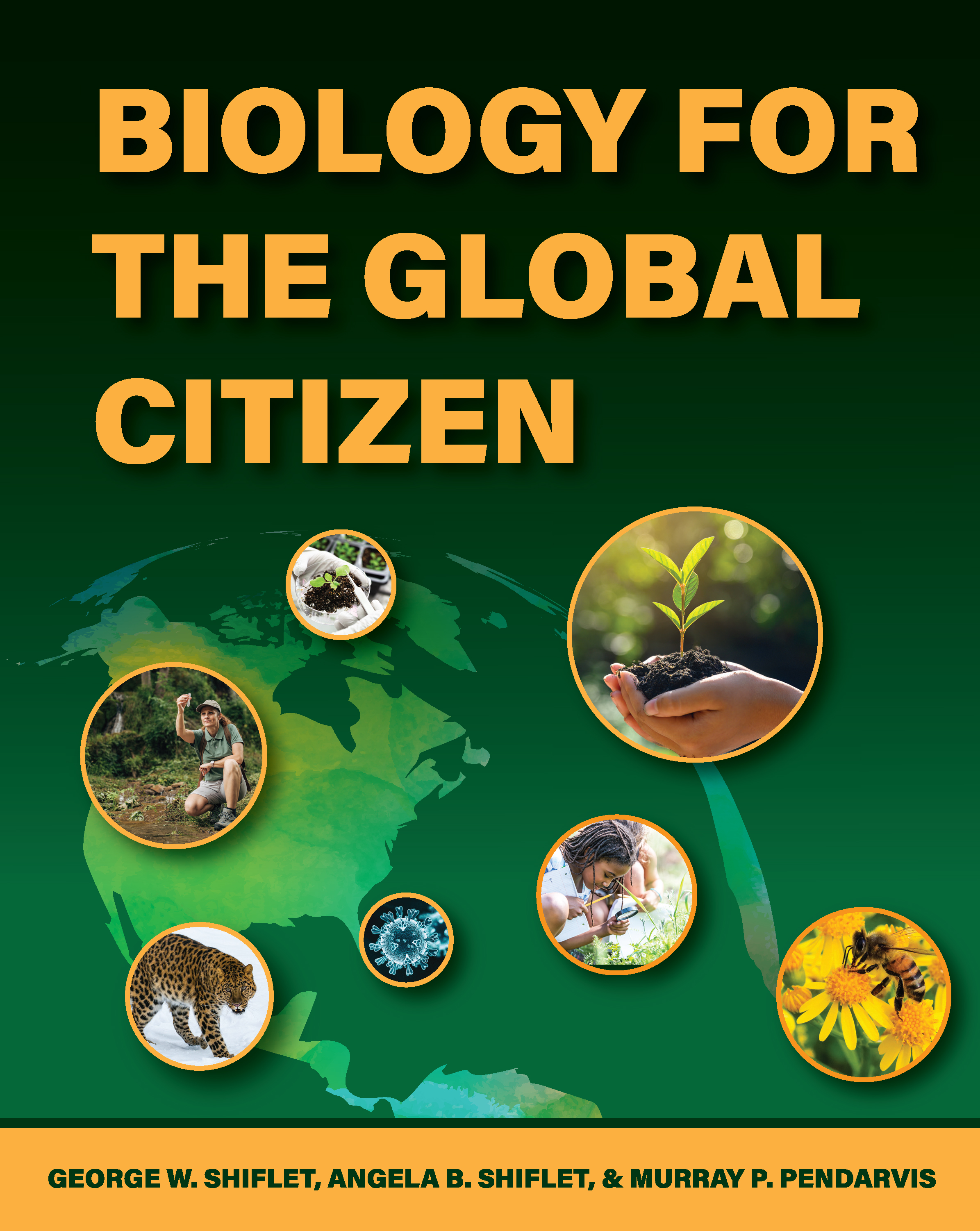in Science

|
What's News in Science 
|
Cone Snails – Venoms Have Unexpected Benefits
by George Shiflet
|
Cone snails are nocturnal creatures that tend to be secretive. So, you are unlikely to encounter one on your trip to a tropical beach. On the other hand, these snails produce some of the most toxic venoms in nature, so you really don’t want to handle them or incite a defensive strike. To analyze these venoms, scientist must collect the venom, and they have developed interesting approaches for that collection. In Figure 1, a scientist holds a tube so that the snail can eject venom via its proboscis into it. As a reward, laboratory workers give the cone snail a freshly killed goldfish to eat.

Figure 1. Scientist collecting venom from a purple cone snail in a plastic tube. Note the reddish proboscis. The scientists have trained the snails to supply venom in exchange for a dead goldfish.
Copyright © by Alex Holt/NIST at https://www.nist.gov/feature-stories/nist-cone-snail-research-milking-killer-mollusks-medical-answers.
Cone snail toxins are complex and vary with the species. Conus geographus is the scientific name for the geographer cone snail, found in the tropical seas of the Indo-Pacific (Figure 2). It likes to eat small fish, which move much faster than the snail. When the snail comes upon a resting group of small fish, it releases a cloud of venom that immobilizes its prey. Included in this venomous cloud of neurotoxins is a form of insulin that is absorbed the gill surfaces and into the bloodstream of the prey, causing the animal’s blood glucose to crash. Hypoglycemia leaves the prey dazed and unable to escape (Safavi-Hemami et al. 2015).

Figure 2. Conus geographus
Copyright © by Kerry Matz National Institute of General Medical Services at https://commons.wikimedia.org/wiki/File:Conus-geographicus.jpgs.
Hybrid Insulin
The insulin in the venom of this cone snail is a smaller molecule and faster acting than human insulin, but it is not as potent. However, a faster acting form of insulin would help to reduce pronounced swings in blood glucose diabetics suffer. Human insulin tends to clump into pairs or hexamers, and there is then some delay in its action until individual molecules are available. However, once available, it brings about a more robust response.
Knowing the positive characteristics of both insulin types, scientists set about to design an insulin molecule that did not clump and also brought about a vigorous response. Using biochemical techniques to incorporate the effective parts of each molecule, they generated a hybrid insulin product. Laboratory experiments using the hybrid molecule in rats look promising. Hopefully, this new insulin will be effective in human subjects as well (Xiong et al. 2020).
Pain Relief
Scientists are also examining additional components of cone shell venom for other possible applications. One existing product, called ziconotide, is a synthetic version of an omega-conotoxin found in the venom of another cone snail species, Conus magnus (Figure 3). Ziconotide has been approved by the FDA for use in patients with severe chronic pain, including pain resulting from cancer. Because the drug is not effectively transported across the blood-brain barrier, it must be administered by direct injection into the spinal cord, where it can reach the cerebrospinal fluid (spinal canal or subarachnoid space). Obviously, this type of administration is not particularly convenient, and the drug is expensive, so researchers are seeking alternative delivery systems.

Figure 3. Conus magnus
Copyright © by Almed2 at https://commons.wikimedia.org/wiki/File:Conus_magus_4.jpg.
Ziconotide blocks the activities of a type of Ca++-channel in sensory neurons of the spinal cord. Ca++-channels usually are sensitive to voltage changes along the surfaces of neurons that transmit pain signals to the brain. Normally, when stimulated, the channels open, admitting calcium ions into the neuron, which stimulates the release of neurotransmitters that result in transmission of pain signals. Blockage of these channels inhibits the flow of calcium ions and, subsequently, the pain signals to the brain. Reduction of pain signals results in reduced suffering of such patients. Also, the medicine does not seem to lose its ability to reduce pain with sustained use (McGivern 2007). Venoms of cone snails really do have unexpected benefits!
McGivern, Joseph G. "Ziconotide: a review of its pharmacology and use in the treatment of pain." Neuropsychiatric disease and treatment 3, no. 1 (2007): 69.
Safavi-Hemami, Helena, Joanna Gajewiak, Santhosh Karanth, Samuel D. Robinson, Beatrix Ueberheide, Adam D. Douglass, Amnon Schlegel et al. "Specialized insulin is used for chemical warfare by fish-hunting cone snails." Proceedings of the National Academy of Sciences 112, no. 6 (2015): 1743-1748.
Xiong, Xiaochun, John G. Menting, Maria M. Disotuar, Nicholas A. Smith, Carlie A. Delaine, Gabrielle Ghabash, Rahul Agrawal et al. "A structurally minimized yet fully active insulin based on cone-snail venom insulin principles." Nature structural & molecular biology 27, no. 7 (2020): 615-624.